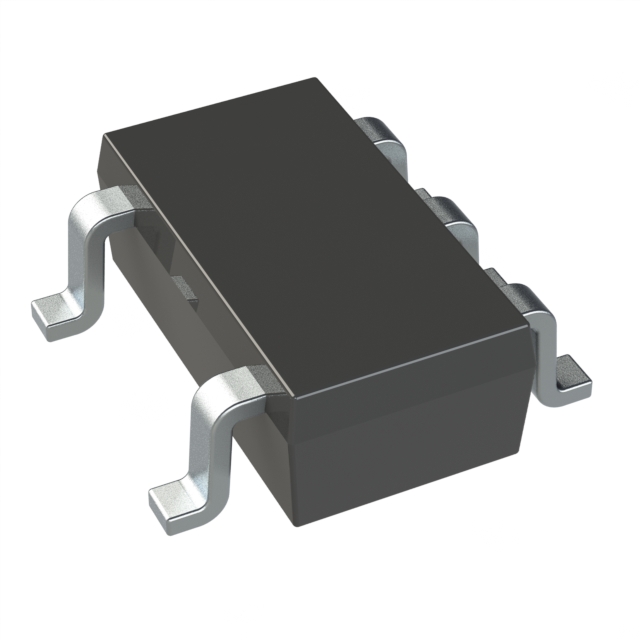TL331B-Q1
The TL331B-Q1 is a high-precision, low-power operational amplifier manufactured by Texas Instruments, specifically designed for automotive and industrial applications requiring enhanced reliability and performance under harsh conditions. It operates over a wide supply voltage range from 2.7 V to 36 V, enabling flexibility in power supply design across diverse systems. The device features a low quiescent current of just 500 µA per amplifier, making it ideal for battery-powered or energy-sensitive applications where efficiency is critical.
This op amp offers a guaranteed gain bandwidth product of 1 MHz, ensuring stable operation with minimal phase shift across a broad frequency range. Its input common-mode voltage range extends from the negative supply rail to 1.5 V below the positive supply, allowing single-supply configurations without compromising signal integrity. The TL331B-Q1 also provides a high open-loop gain of up to 100 dB, contributing to accurate amplification and precise control in feedback circuits.
Designed for robustness, the TL331B-Q1 meets AEC-Q100 Grade 1 qualification standards, which validate its suitability for automotive environments exposed to extreme temperatures (-40°C to +125°C), vibration, and EMI. This makes it well-suited for use in engine control units (ECUs), sensors, battery management systems, and infotainment modules within vehicles. Additionally, the device includes internal ESD protection and thermal shutdown to prevent damage from overcurrent or overheating events.
In terms of functionality, the TL331B-Q1 supports various configurations including non-inverting, inverting, differential, and instrumentation amplifiers. Its ability to operate with both single and dual supplies enhances design versatility, while its low offset voltage (typically 1 mV) ensures high accuracy in measurement and signal conditioning tasks. The package options include SOIC-8 and DIP-8, facilitating easy integration into printed circuit boards with standard footprints.
This amplifier is particularly effective in applications such as analog-to-digital conversion interfaces, sensor signal conditioning, active filters, and precision voltage regulation. Its combination of low power consumption, wide operating range, and automotive-grade reliability positions it as a preferred choice for engineers seeking dependable performance in demanding environments.
Related Parts
| 부분 # | 제조업체 | 설명 | 유효성 | 가격 | 수량 |
|---|---|---|---|---|---|
 TL331BQDBVRQ1Linear Comparators | Texas Instruments | IC COMPARATOR 1 GEN PUR SOT23-5 | 8500 | 1+: $0.31926 10+: $0.29724 100+: $0.28623 1000+: $0.27523 |







.png?x-oss-process=image/format,webp/resize,h_32)










